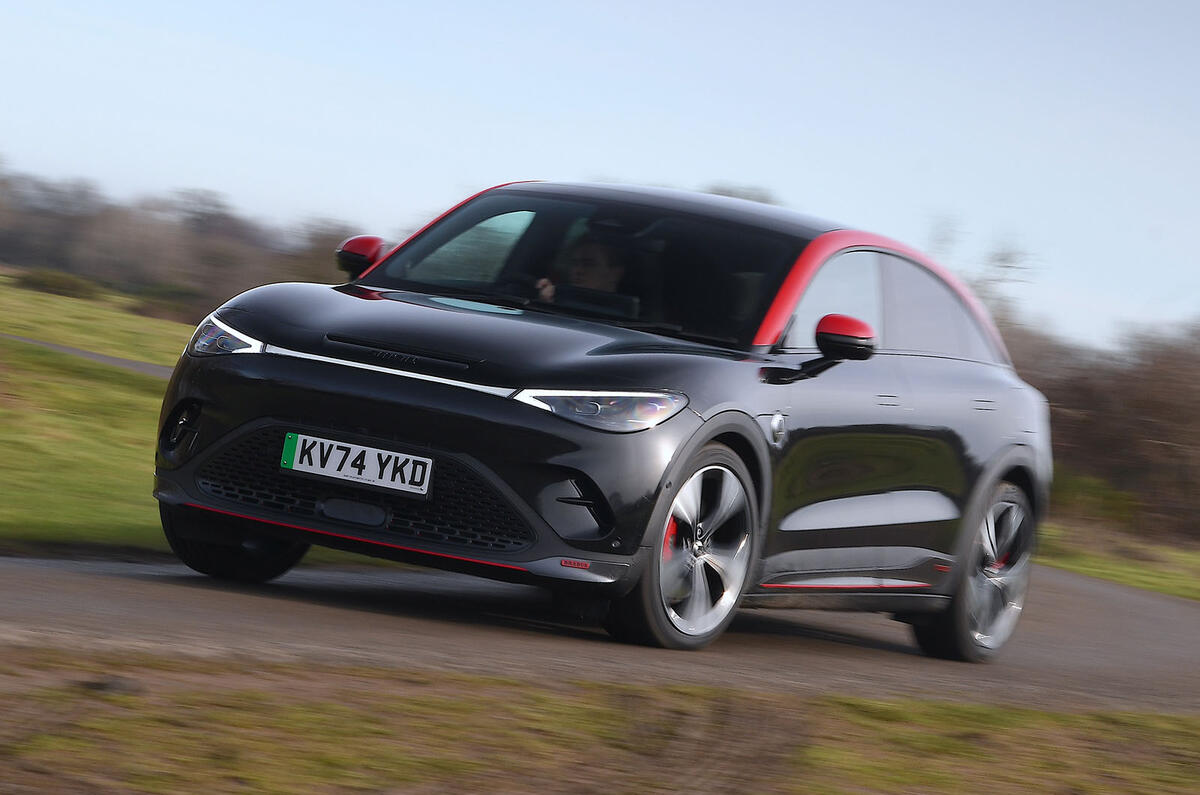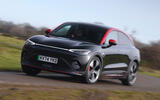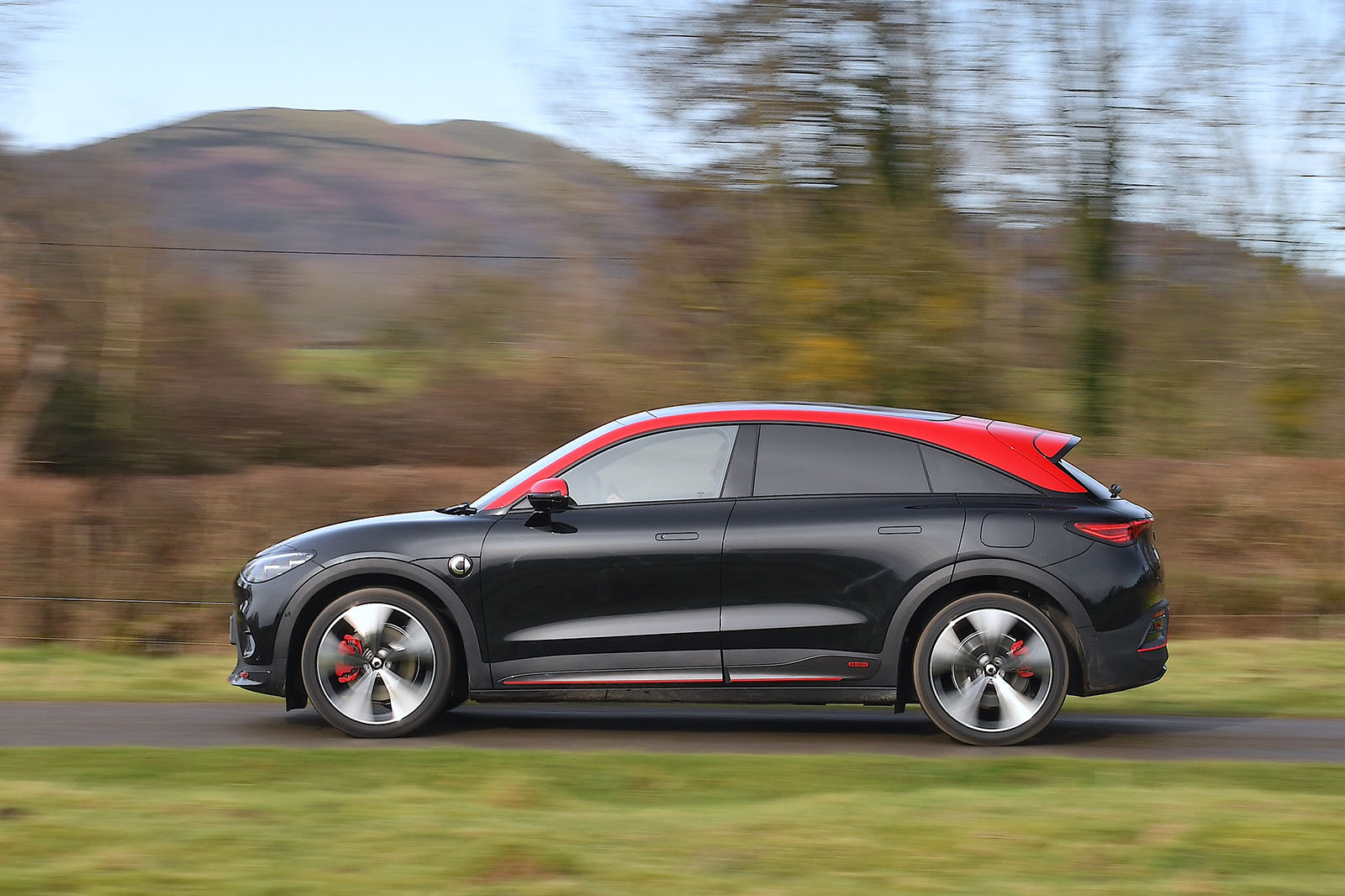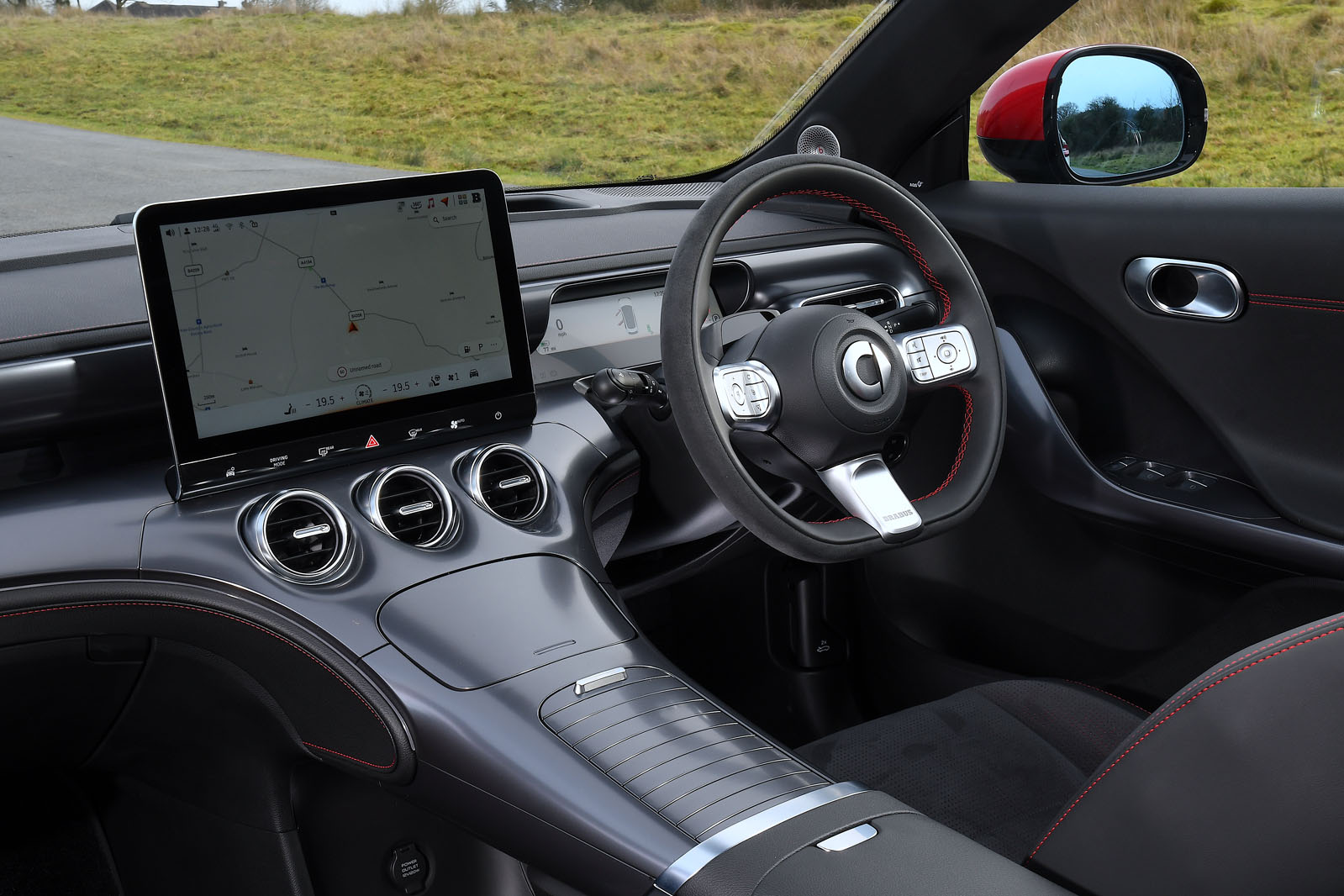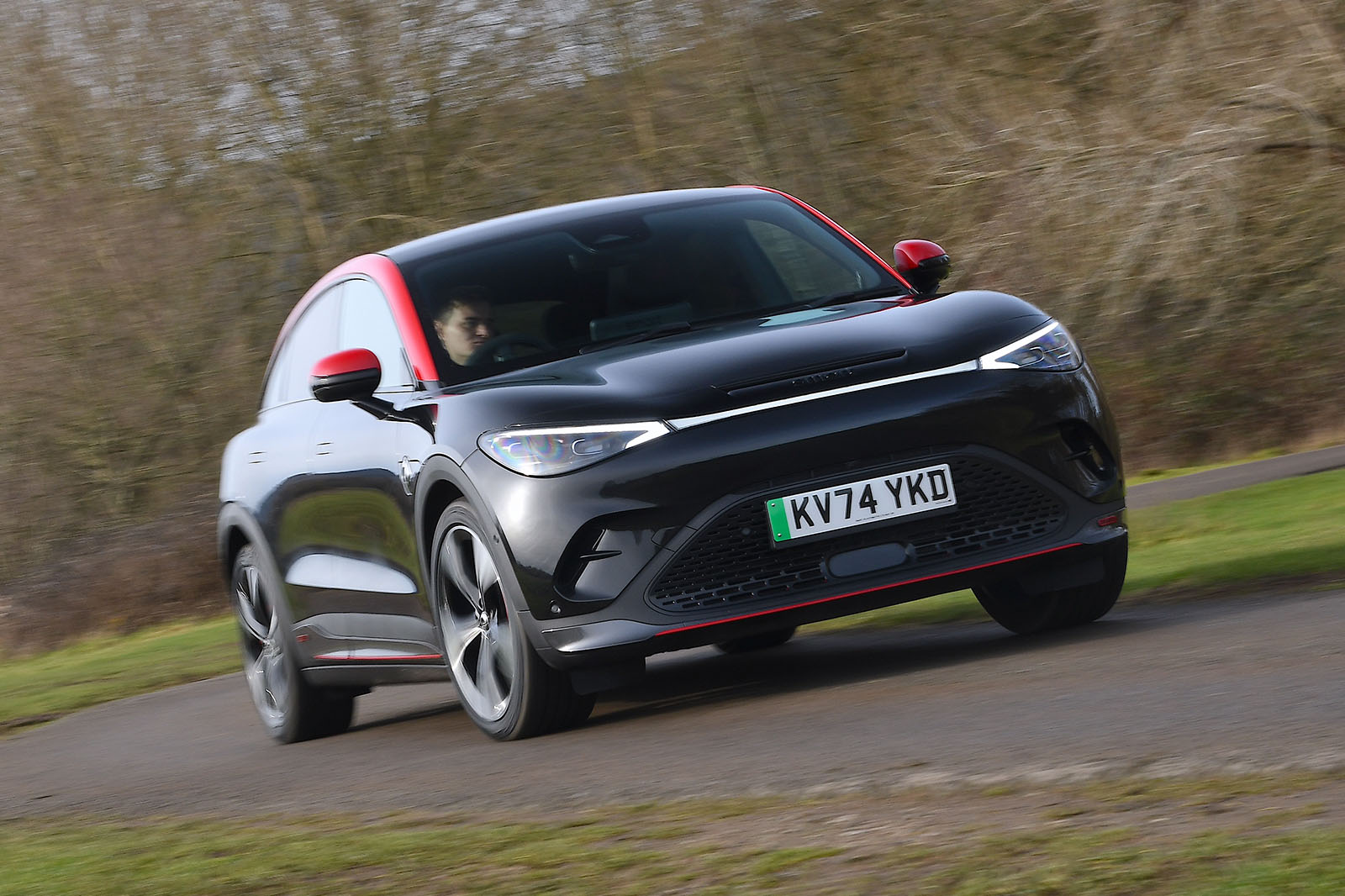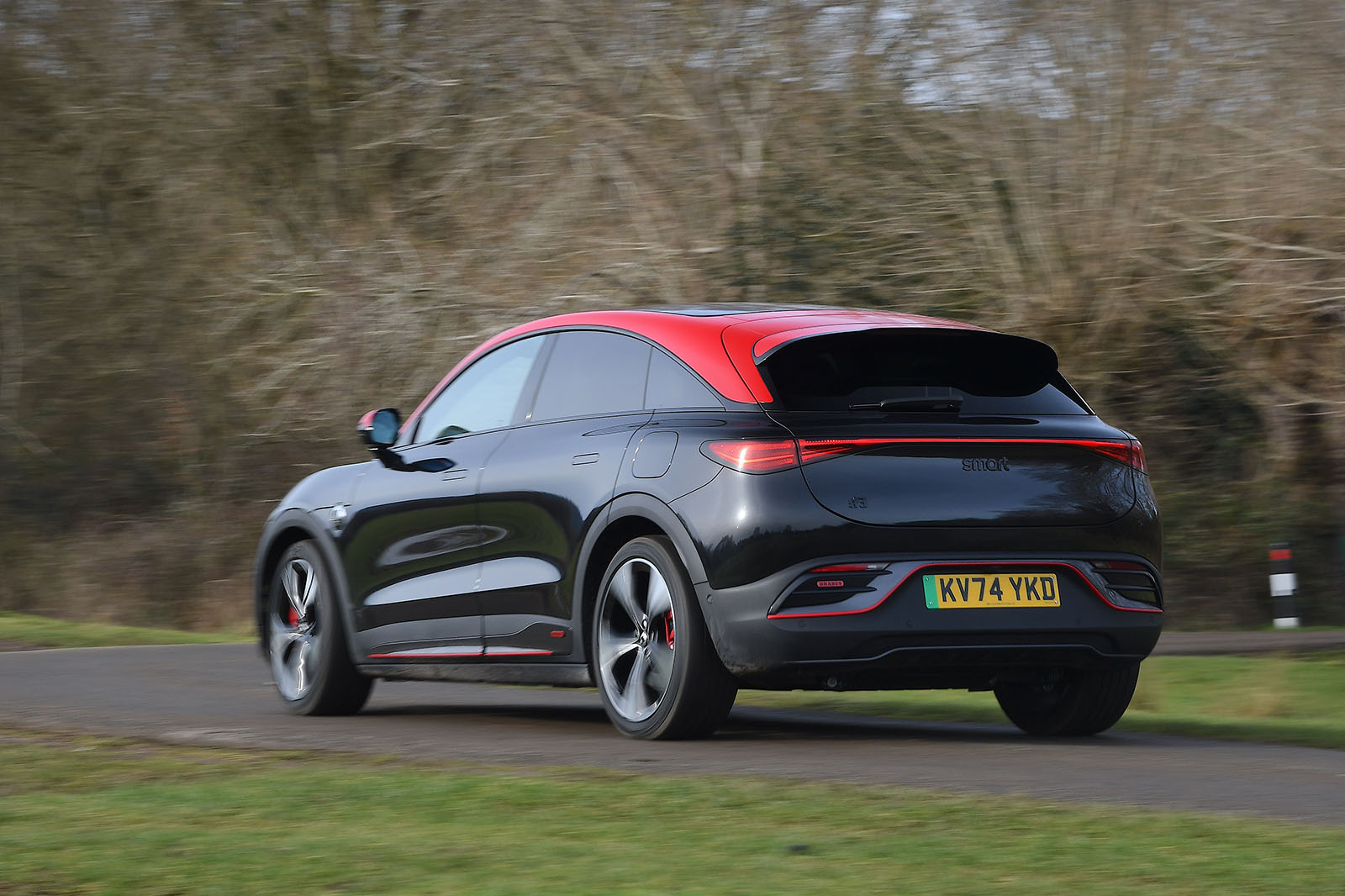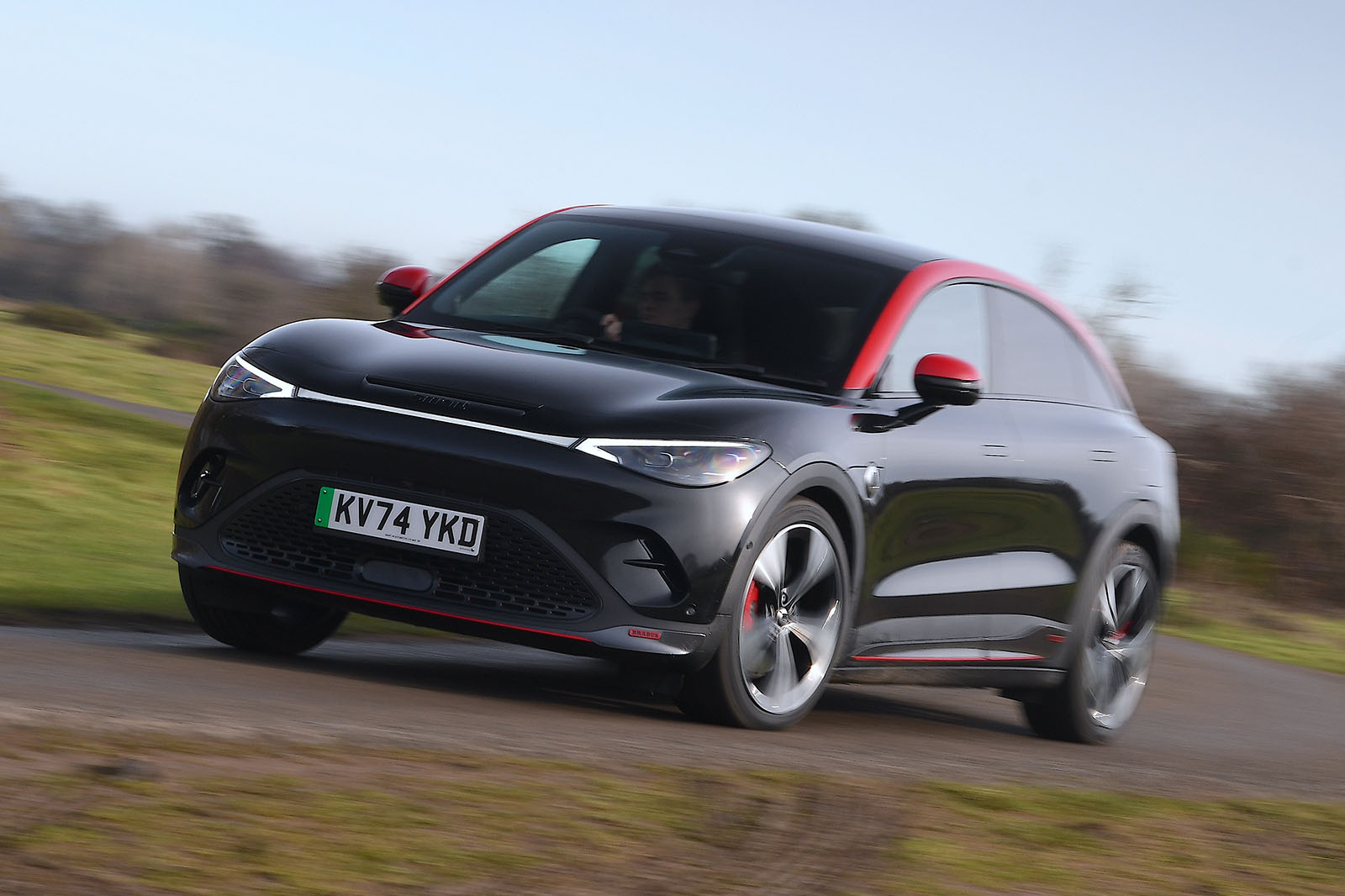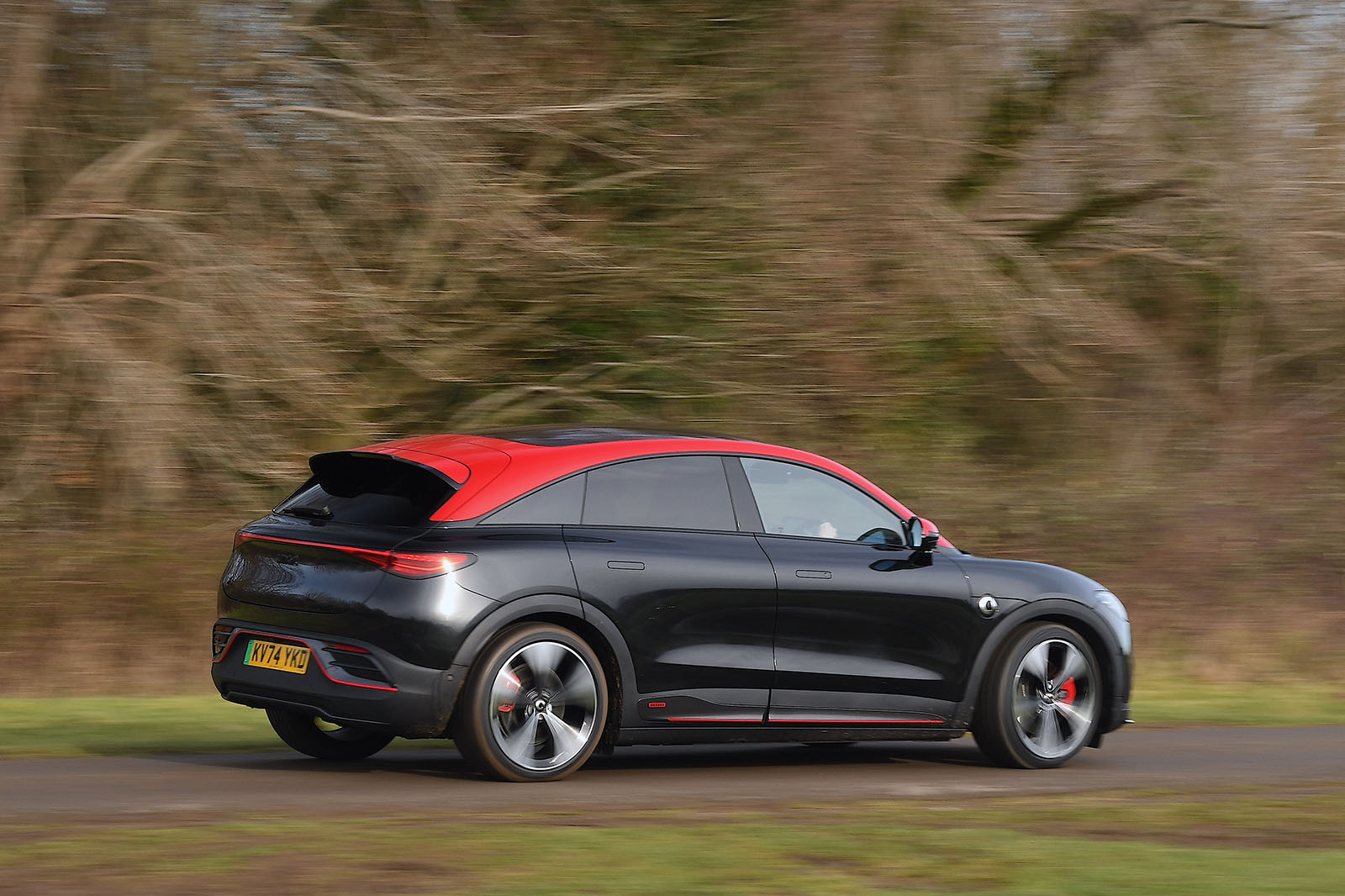When did we stop dropping to the floor, slack-jawed and swooning, upon the announcement of 400bhp-plus hatchbacks? Not so long ago, even the wildest hot hatches on sale were packing power figures in the low 200s – and even then only had a driven front axle.
But as the mechanical limitations of internal combustion technology fade away, so too does the novelty of endowing even the most everyday family runaround with power figures historically reserved for the most potent of road cars – which is why the 422bhp Smart #3 Brabus is not as outrageous a proposition as it might have been a few years ago.
At least in potency terms, that is. Some will still find it difficult to reconcile the concept of a fairly chunky crossover bearing a badge previously reserved for some of the very smallest automobiles on European roads, but if you think this is unnatural, wait until you see the Land Rover Defender-flavoured, Volkswagen Tiguan-sized #5 coming down the line.
The Brabus is the range-topping version of the Smart #3 - the most potent and expensive of a four-strong line-up that starts with the smallest-batteried, single-motor Pro in the low £30,000s, then climbs to the longer-range Pro+ at circa-£37k and the higher-spec £40k Premium edition, with 283 miles of range.
Taking the #3 into the mid-£40s, the Brabus edition adds a second motor on the front axle for four-wheel drive, and with it another 154bhp to trim the 0-62mph time to a blistering 3.7sec, and a lower, stiffer chassis set-up in pursuit of heightened dynamic agility - all signalled by an unmistakably performance-inspired makeover that’s more than a little reminiscent of what Brabus used to do with Smart cars of old.


